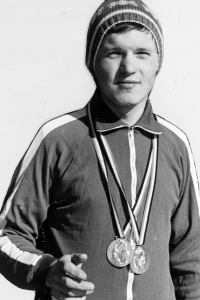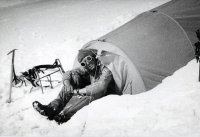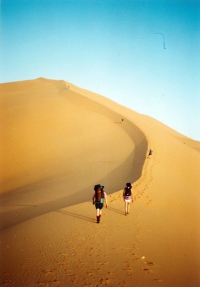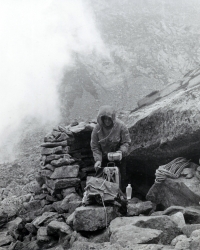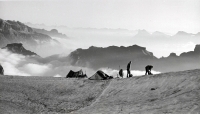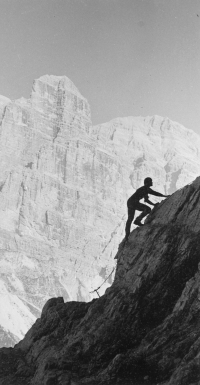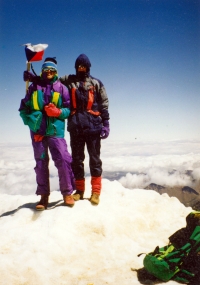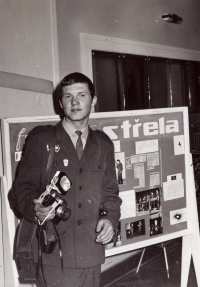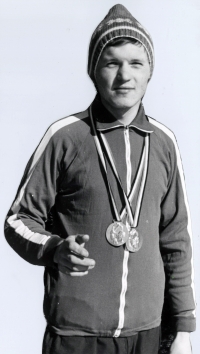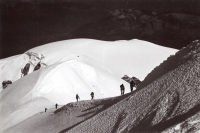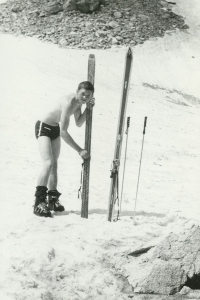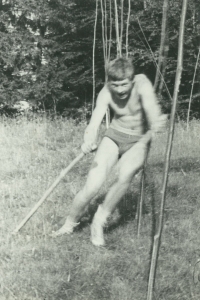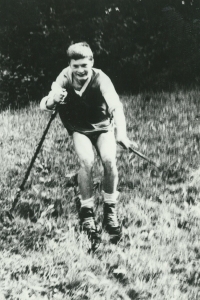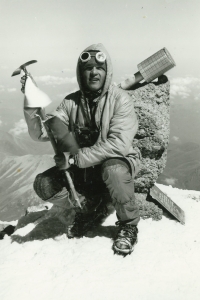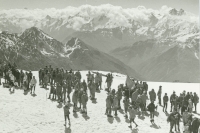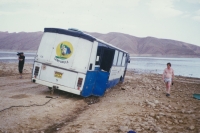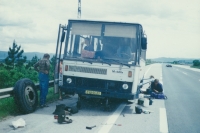People were are over us trying to get there
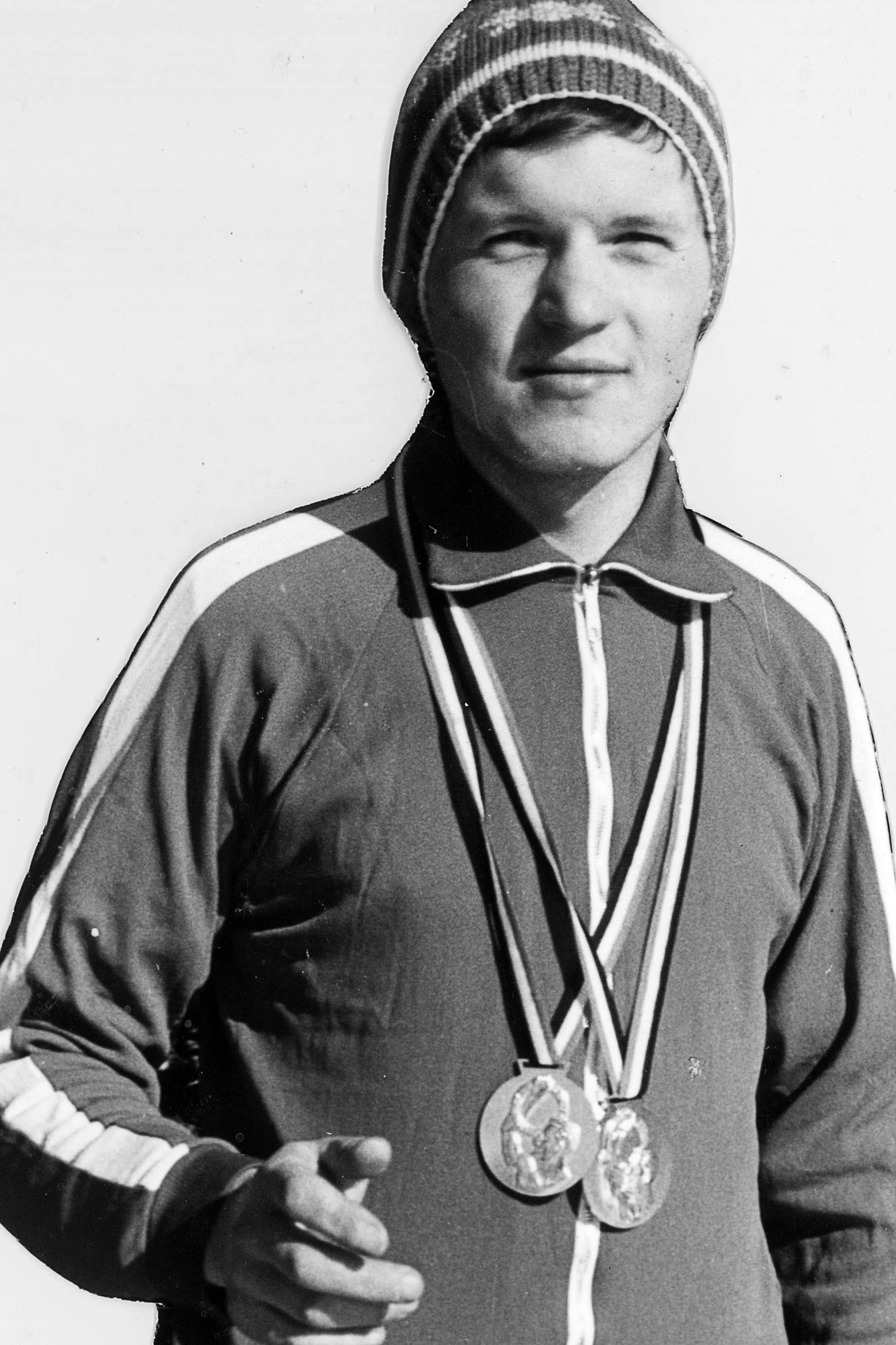
Download image
Jiří Kráčalík was born on 18 January 1954 v Ostrava. He spent most of his childhood in a part of the city called Radvanice, which at the time had transformed into a colony for workers and miners. To get away from the industrial environs, his family chose to spend time at their cottage in the Beskid Mountains, which would come to have a lasting impact for his entire life. This despite the fact that the village which the Kráčalíks went to, Řečice, ended up sitting at the bottom of the Šance Reservoir at the end of the 1960s. After being trained in the field of reproductive printmaking, Jiří began his mandatory military service, where in 1974 he won the Army Championship title in downhill skiing. Subsequently, he was transferred to the General Staff of the ČSLA (Czechoslovak People’s Army). After undergoing the highest vetting procedure, he worked in the cartography department as a reproduction technician. At the end of the 1970s he finished his secondary lyceum studies and took up a post at first in the Svoboda Press in Prague. Later he returned to Ostrava, where he worked for Moravian Presses starting in the early 1980s, and where he was a foreman of the Business Press of ČSAD (Czechoslovak State Transportation). During the same period he become a candidate for the KSČ (Communist Party of Czechoslovakia) and later joined as a member. Following the revolution he published the magazine Hory (Mountains) and started a travel agency focused on advanced trekking under the same name. In 2003 he was part of putting together the International Festival of Outdoor Films, which he still runs today.
